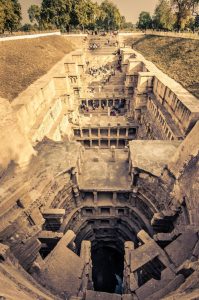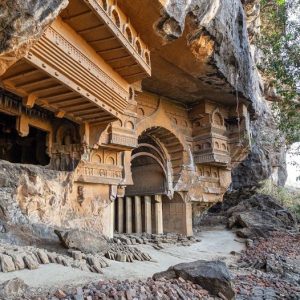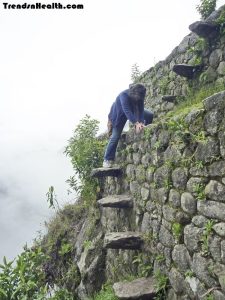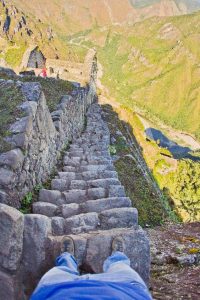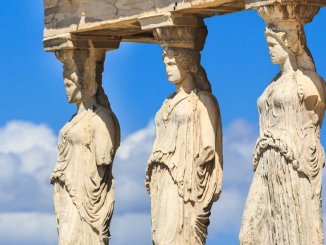Perched amidst the majestic hills of the Nashik district in Maharashtra, India, Harihar Fort is not just an important historical site but also a prime destination for trekking enthusiasts and explorers. The fort stands as a symbol of ancient architectural beauty and harbors fascinating historical tales from the Yadava era.

The Spectacular Beauty of Harihar Fort
With its impressive elevation, Harihar Fort ranks among the most enticing trekking spots in India. The 3.5 km trekking path may be short, but it requires courage and patience from its participants due to its nearly 80-degree steep incline. This experience challenges not only the physical strength but also brings a sense of accomplishment upon conquering the fort’s summit.
A Glorious History
Built between the 9th and 14th centuries, Harihar Fort is a vital part of Indian history. It has witnessed many significant historical events throughout the Yadava dynasty’s rule. It served not just as a military fortress but also as a cultural and religious hub.
A Spiritual Destination
Inside the fortress, visitors can find statues of Lord Hanuman and other deities, along with a small pond. These religious symbols are not only sacred but also reflect the rich culture and religious beliefs of the Indian people.
Challenges and Safety in Trekking
For adventure enthusiasts, conquering Harihar Fort is an experience not to be missed. However, the high steepness and challenging terrain require thorough preparation, including proper safety gear and guidance from experienced guides.
Culture and Tourism
Harihar Fort attracts not only history buffs and trekking enthusiasts but also those interested in delving deeper into Indian culture and traditions. The area surrounding the fort offers a plethora of opportunities to explore and understand the rich heritage of India. The local community benefits from tourism, fostering a connection between the past and the present.
In conclusion, Harihar Fort is more than just a historical monument; it’s a testament to India’s rich heritage and a symbol of the human spirit’s resilience and adventurousness. Its challenging trek, historical significance, and cultural importance make it a must-visit destination for anyone traveling to Maharashtra, India.
